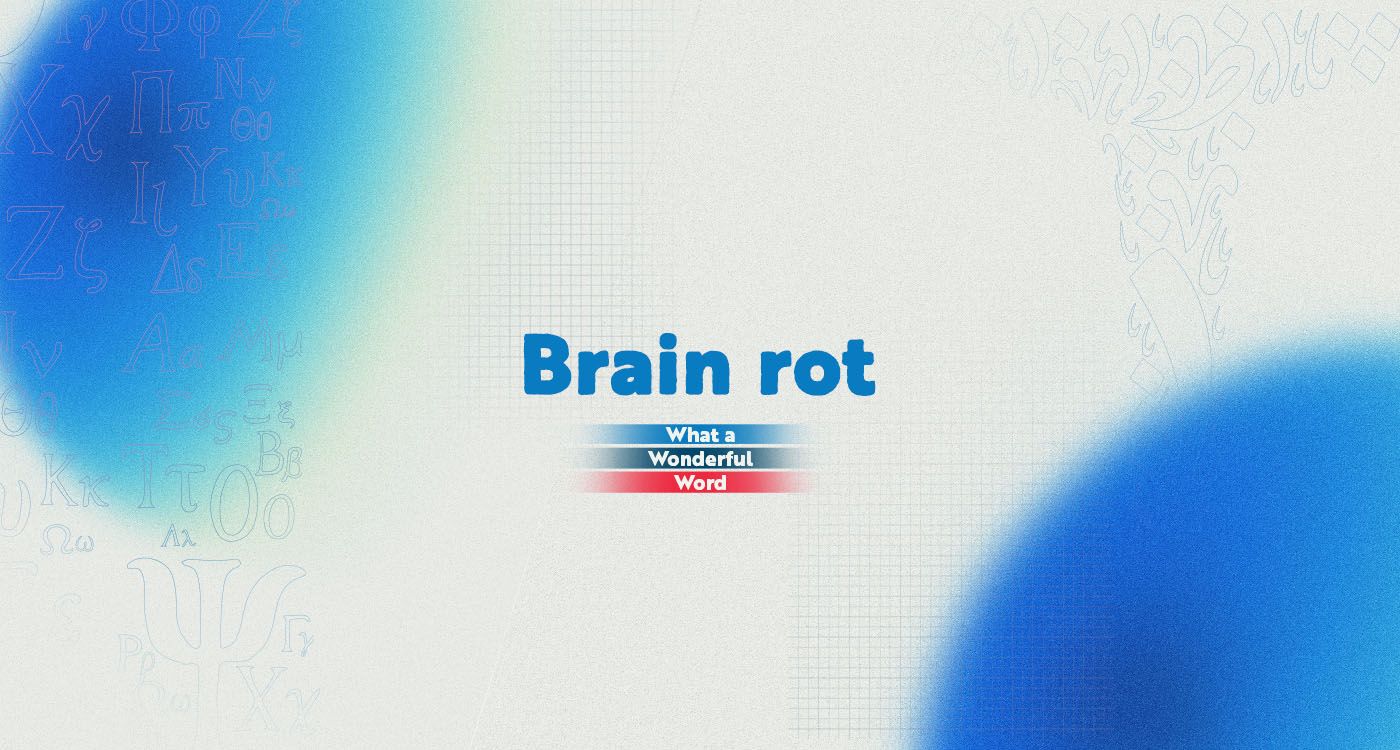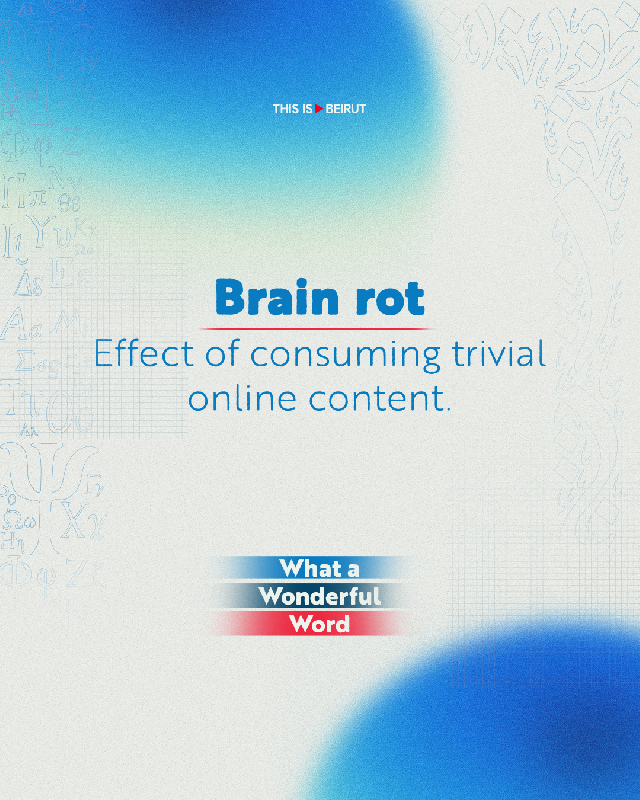
From meme-speak to mental fog, “brain rot” has become the catch-all for our digital disorientation. Named Oxford’s Word of the Year 2024, the term captures both the absurdity and the anxiety of scrolling life away.
Have you ever tried to swipe a printed page like it’s a touchscreen? Then you may have had your first brain rot moment.
The phrase exploded across social media in 2023 and 2024, describing what happens when online habits spill into everyday life. Whether it’s quoting TikTok slang in real conversations, interpreting real-world images like memes or losing the ability to focus on anything longer than eight seconds, brain rot captures the disorientation of life lived half-online.
Oxford University Press named it the Word of the Year 2024, after a public vote involving 37,000 people — a sign that this awkward, ironic, oddly accurate phrase hit a collective nerve. Oxford defines it as: “The supposed deterioration of mental or intellectual faculties, particularly as a result of consuming trivial or low-value online content.”
From Walden to TikTok
Despite its viral surge, brain rot is no newcomer. The earliest known use dates back to 1854, when American philosopher Henry David Thoreau used it in his essay, Walden, to criticize the intellectual laziness of his time: “While England endeavors to cure the potato-rot, will not any endeavor to cure the brain-rot, which prevails so much more widely and fatally?”
Over a century and a half later, the phrase has found new meaning: not in books, but in feeds. On TikTok, YouTube Shorts and Reels, brain rot now refers to the mental haze caused by overconsuming short-form digital content.

The Digital Diet of Gen Alpha
Brain rot isn’t simply about screen time. It’s about the quality and rhythm of what we consume: rapid, repetitive, dopamine-charged clips that train our brains to seek constant novelty and instant payoff.
The phenomenon has become particularly associated with Gen Alpha — the first generation born entirely into the age of smartphones and social feeds (roughly those born between 2010 and 2025). These kids often learn to scroll before they learn to read. Their earliest cultural references come from filters, clips and trending audio, not books or broadcasts.
Critics point to signs of what they call “digital dulling”: lower attention spans, memory lapses and decreased critical thinking. And while there’s still debate in academic circles about how harmful this really is, the concern has made its way into everyday conversation. Parents, teachers and even kids themselves now casually refer to brain rot as a side effect of online life.
‘Refs’ and Rot: A Language of Loops
One of the clearest signs of brain rot is how we talk. Enter the “ref” — short for reference — a meme phrase or clip repeated out of context to express a feeling or reaction.
You’ll hear them everywhere: “OK, let’s gooo,” “It’s giving,” “Based,” “Gyatt,” or even nonsensical phrases from YouTube or TikTok compilations. These brain rot words function like social passwords — a way of signaling online fluency.
But what happens when your entire vocabulary is made of refs? When your reaction to joy, pain or confusion is a TikTok quote? Critics warn that we risk losing original expression.
A Cultural Mirror, Not Just a Punchline
Still, brain rot isn’t just a boomer term for “kids these days.” In fact, it’s often used self-mockingly by the very people it describes, Gen Z and Gen Alpha, who are keenly aware of how the internet shapes them. There’s humor in it, but also, a flicker of concern.
Its rise as Word of the Year also reflects broader anxiety: 2024 saw a wave of public debate around screen time, AI-generated content and children’s digital habits. From school policies to tech regulations, the question of what we feed our brains online has moved from parenting blogs to political platforms.
Because brain rot isn’t just a trend. It’s a mirror. And it’s asking: what kind of digital diet are we really on?


Comments